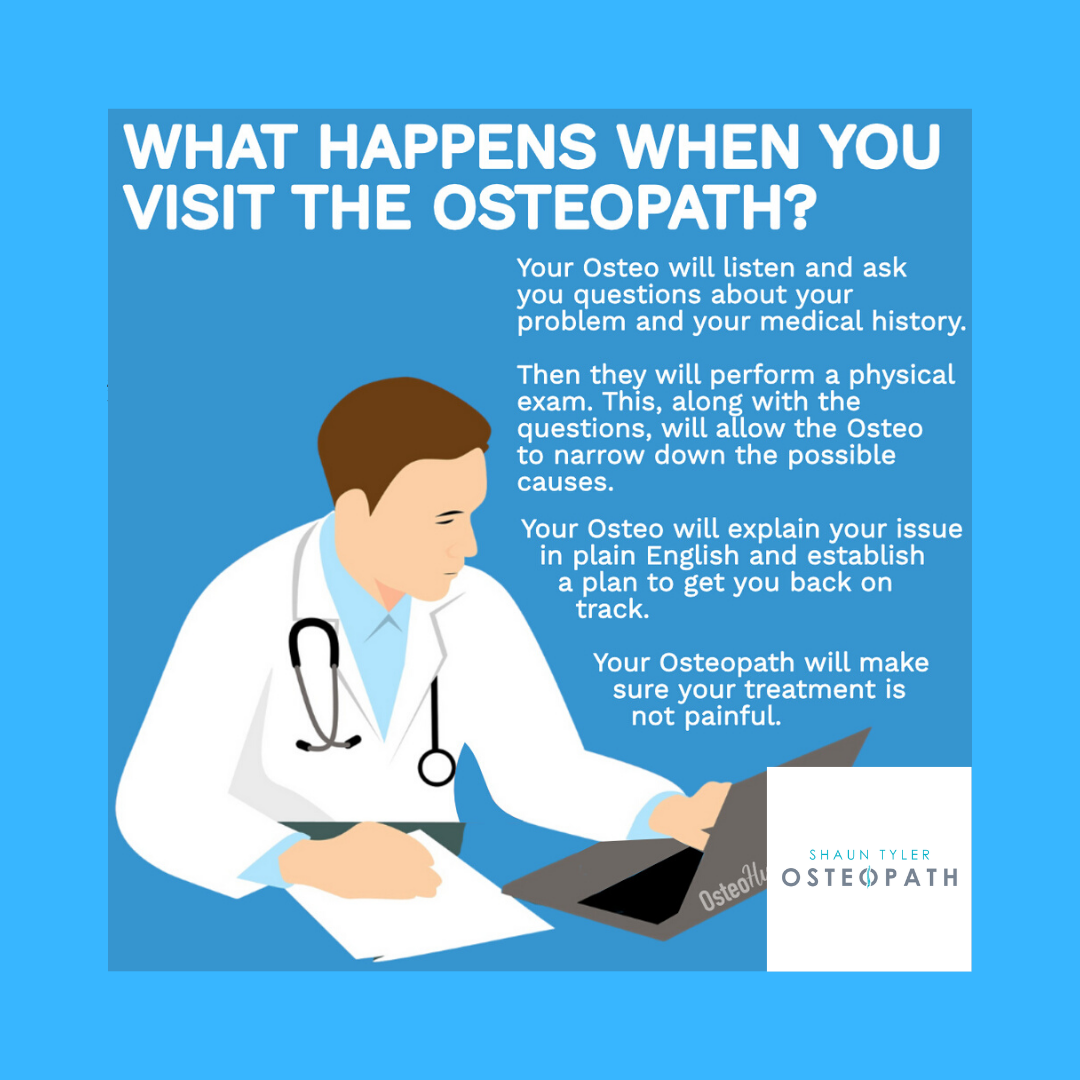WHAT ARE THE TOP RUNNING INJURIES?
Runners of all abilities and ages get injured. Earlier this year I completed a clinical audit of the runners I looked after from January to March to assess what injuries I was seeing and where to plan my professional development over the next few years. This made me look into the research to see if the trends I was seeing was the same as being reported.
I found “A Systematic Review of Running-Related Musculoskeletal Injuries in Runners” which was published in 2021. I’ve made up the infographic below for you. I won’t talk about my own audit as I would require consent from my patients.
SYSTEMATIC REVIEW OF RUNNING-RELATED MUSCULOSKELETAL INJURIES IN RUNNERS.
(KAKOURIS ET AL 2021).
The chart shows that Achilles tendinopathy had the highest incidence, followed by shin splints, plantar-fasciitis, patella-femoral pain (knee pain) and the dreaded ITB related pain. Most runners will have heard of these and even more will have experienced pain in one of these areas.
-
You'll notice that the numbers do not add up to 100%. This is due to a small number of injuries not included. However if you read the study they are fully reported.
-
📌70% of all injuries reported were down to overuse!
🧠This is massive but it’s also encouraging. We can have a big intervention on overuse injuries with their treatment, management and PREVENTION. Sometimes this can be through looking over a plan for trends and sudden increases in one type of running. It might be looking at where and how you recover. It might also be measuring muscle force or endurance and looking at weak points.
📌The majority of injuries were reported below the knee.
🧠This might because the propulsion phase in the running gait is generated from the foot and the lower limb muscles and bones, which leads to increased load on these structures. This could also be why so much research is coming out about how to strengthen the lower limb in runners.
-
🏃♀️The authors recommend injury prevention measures to these area's to reduce the high incidence of injuries.
-
🙋🏻♂️In all of my sessions with runners 🏃🏿 I try to implement education on load management and how to safely increase mileage, interval and hill training. I teach you how to analyse your training plan so you reduce the risk of making a training error and cause an overuse injury. I’m a huge believer in learning how to strength train for injury prevention and increased performance.
-
I’m starting a new service where I’m offering online strength training for runners and triathletes. If you’re interested in learning how to implement strength training as part of your training to improve performance and reduce injuries then please reach out to me.
To book an appointment with me you can call my online secretary 07900363938 or email info@shauntyler.com.
Reference and read what I've read 📚
Kakouris N, Yener N, Fong DTP. A systematic review of running-related musculoskeletal injuries in runners. J Sport Health Sci. 2021 Sep;10(5):513-522. doi: 10.1016/j.jshs.2021.04.001. Epub 2021 Apr 20. PMID: 33862272; PMCID: PMC8500811.



























